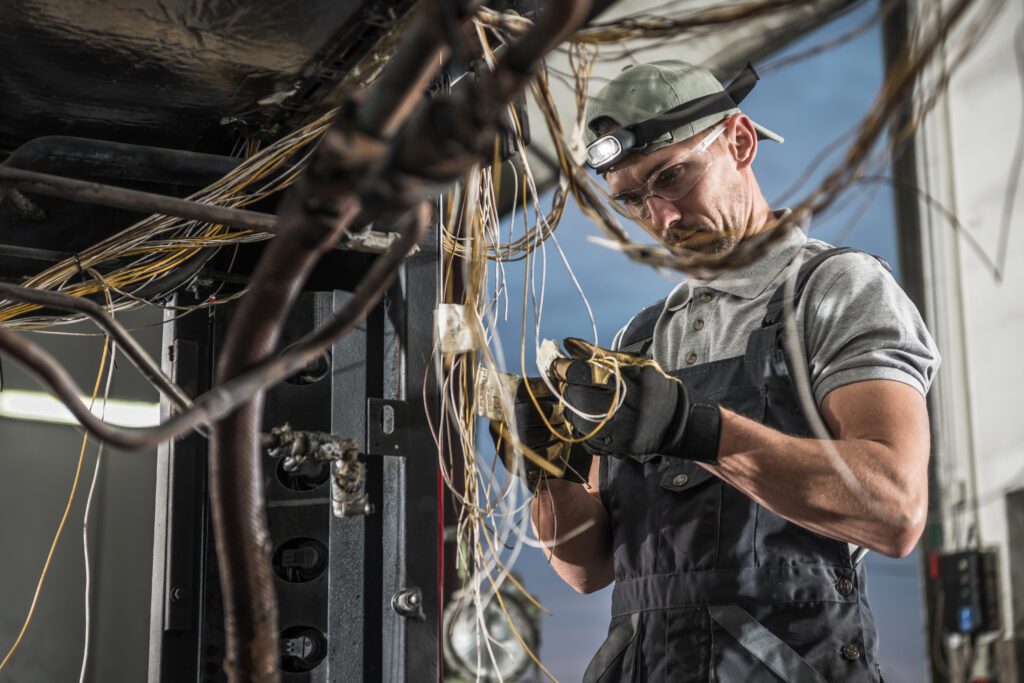
Electrical issues are a common part of daily life in homes, workplaces, and industrial settings. While some may seem minor, they can pose serious safety risks if left unresolved. A qualified electrician is trained to identify, diagnose, and repair these problems efficiently and safely.
One of the most frequent issues is tripping circuit breakers. This typically happens when too much current is drawn through a circuit, often due to overloaded sockets, faulty appliances, or wiring problems. While resetting the breaker may solve the problem temporarily, recurring trips indicate a deeper fault that requires inspection.
Flickering or dimming lights can be another warning sign. In homes, this might be due to loose bulbs, a faulty switch, or fluctuating voltage. In more severe cases, it could point to deteriorating wiring or an overloaded circuit. An electrician will check connections and measure voltage levels to pinpoint the cause.


Dead outlets or switches are also common. Sometimes, this is caused by tripped breakers or GFCI (Ground Fault Circuit Interrupter) outlets that need resetting. In other cases, it could be due to broken internal wiring or worn-out components that require replacement. A qualified electrician can test continuity and ensure power is safely restored.
Buzzing noises, burning smells, or warm outlets are serious red flags. These can suggest loose connections, arcing wires, or short circuits—all of which are fire hazards. If any of these symptoms occur, the power should be shut off immediately, and a professional called to investigate.


Outdated wiring is another concern, particularly in older properties. Systems that use aluminium wiring, ungrounded outlets, or fuse boxes instead of modern circuit breakers may not meet current safety standards. These systems are more prone to faults and are less capable of supporting modern electrical loads. Electricians can inspect and recommend necessary upgrades.
Electrical surges—sudden spikes in voltage—can damage sensitive electronics and reduce the lifespan of appliances. While lightning strikes or power line damage can cause occasional surges, frequent surges often stem from faulty wiring or devices within the property.
In commercial or industrial environments, electrical problems can include machinery malfunctions, power fluctuations, or control panel faults. These issues may disrupt business operations or production lines. Troubleshooting involves using diagnostic tools like multimeters, thermal imaging, and circuit analyzers to locate and resolve the fault.


Preventive maintenance is key. Regular inspections by a certified electrician can catch potential issues before they become hazardous. This might involve checking circuit loads, testing residual current devices (RCDs), inspecting wiring integrity, or ensuring compliance with BS 7671 regulations.
Electrical problems should never be ignored or handled by unqualified individuals. Even simple issues can escalate quickly, posing risks of fire or electric shock. Professional electricians bring the knowledge, tools, and experience needed to solve problems safely and effectively.



